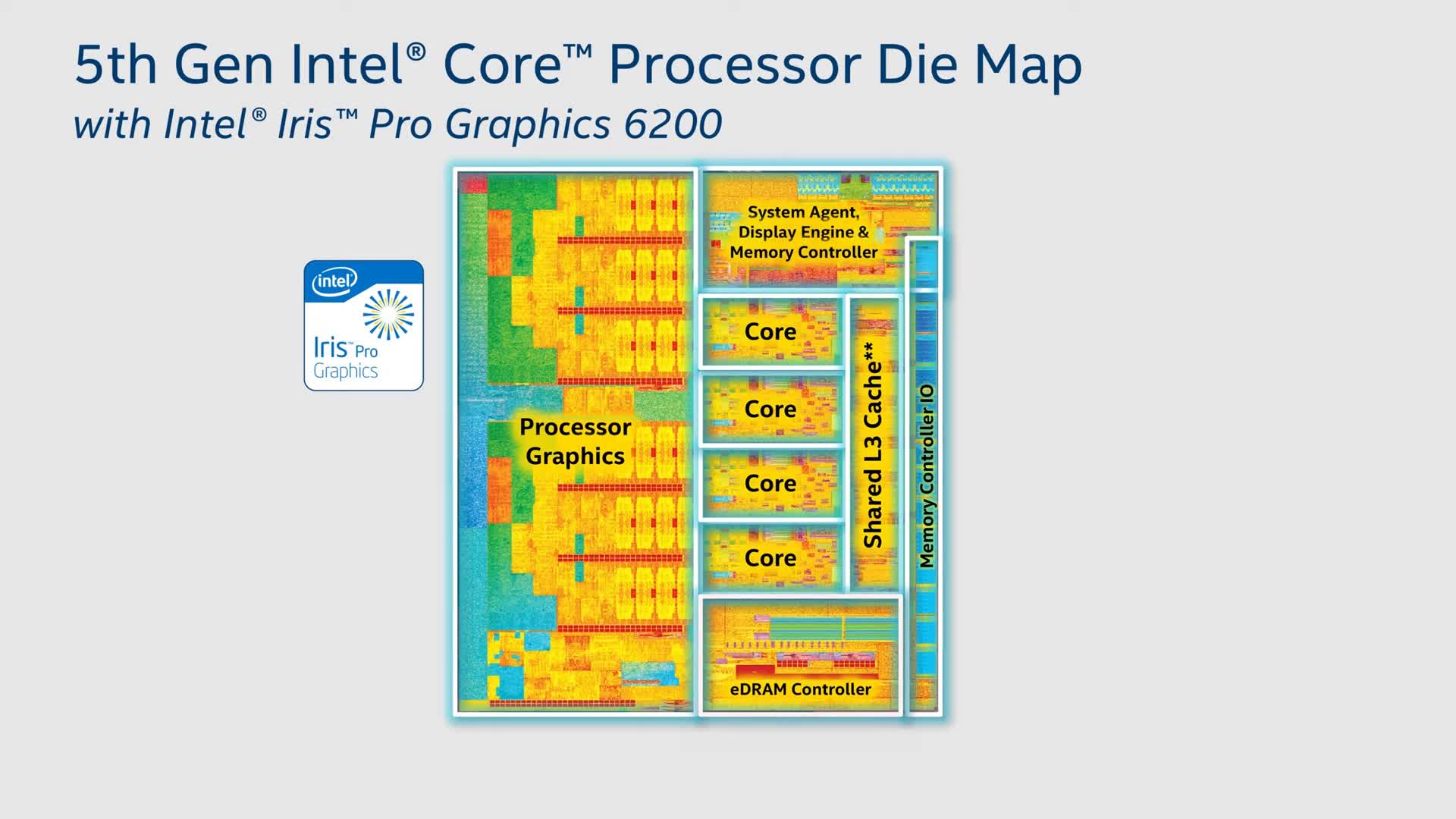

What will the difference with the Kaby Lake-X series be compared to say a 7700k? TDP? 7700k is 91W but looks like this new one would be 112W? Conversely, your design can pass testing and validation, but your yield is independently tied to the manufacturing process. Your can design can be broken, but manufactured on 22nm technology. The point I am trying to make is that the design of a microprocessor has little to no impact on manufacturing yield. So if you shrink a Pentium, you know the design works, if yields are low it is manufacturing. If your yields are low, due to using a new manufacturing technology/process (materials, die-shrinks, new fab), it is a manufacturing problem, not a design problem.

That does not impact your yield, Intel still made millions of Pentiums before the FP flaw was found. You can certainly have a fatal flaw in design EX: Pentium FP bug. I just worked at Intel for over 20-years and was involved with pre-silicon design and test of the Pentium, Pentium Pro, Pentium II, Pentium III, Pentium IV, Itanium, xScale, Core, you get the idea. Pick, Assemble and Install: Video Guide.No intentionally harmful, misleading or joke advice.No excessive posting (more than one submission in 24 hours).



 0 kommentar(er)
0 kommentar(er)
